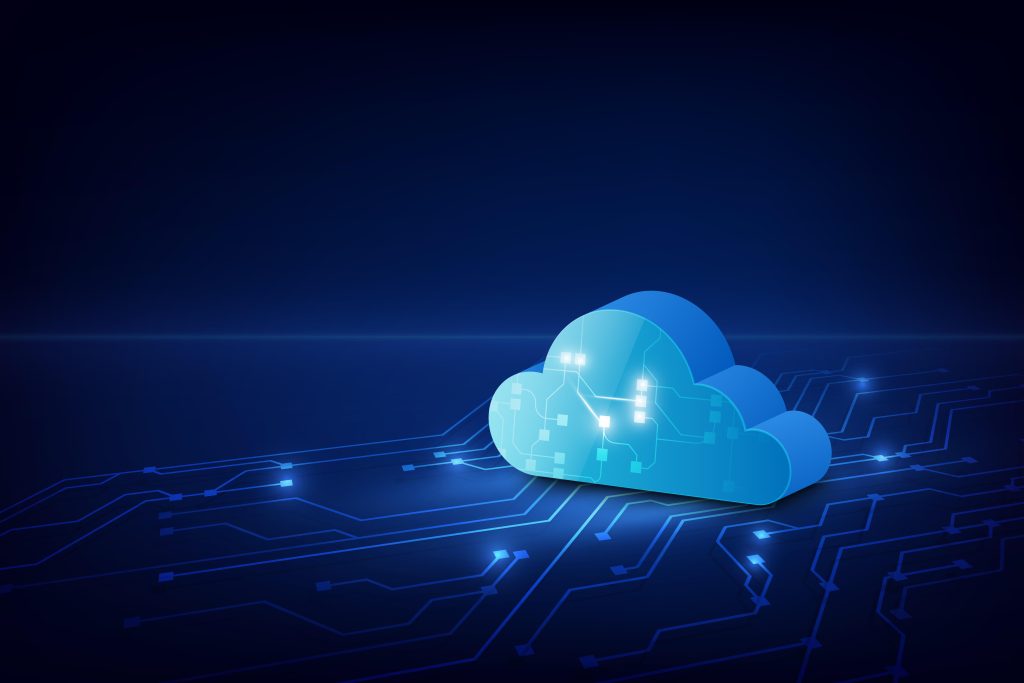Cloud Computing has revolutionized the way businesses work. With its ability to be an affordable, reliable, and scalable method to store and access data, Cloud Computing has become the go-to solution for businesses of all sizes. Its low cost and high availability make it an attractive option for small businesses, while its scalability and reliability make it an ideal solution for large enterprises. In this blog post, we will explore the benefits of Cloud Computing and how it can help your business. We’ll look at what is Cloud Computing how Cloud Computing can reduce costs, maximize efficiency, and increase performance.
What is Cloud Computing?
Cloud Computing is a technology that enables users to access and use various computing resources such as data storage, applications, and software over the internet. In simpler terms, it means accessing your data and applications from anywhere, at any time, on any device, as long as you have an internet connection.
This technology has become a popular solution for businesses of all sizes, enabling them to avoid the costs and limitations associated with traditional on-premises IT infrastructure. With Cloud Computing, businesses no longer need to worry about expensive hardware purchases, ongoing maintenance and updates, and capacity planning. Instead, they can focus on their core business functions while relying on the Cloud provider to manage the technology infrastructure. Some of the leading cloud host providers are Amazon AWS, Microsoft Azure and Google Cloud. They account for over 65% of the cloud market share but there are smaller providers such as Alibaba Cloud, IBM Cloud, Oracle and more who hold around a 10% share combined. All offering different benefits, finding the best fit for your business is the key for optimal efficiency.
In essence, Cloud Computing is a way of outsourcing your IT infrastructure to a provider that manages all the hardware and software needed to deliver the services you need. The provider typically hosts these services in multiple data centers located in different regions to ensure maximum uptime and reliability.
Cloud Computing is built on three main service models: Software as a Service (SaaS), Platform as a Service (PaaS), and Infrastructure as a Service (IaaS). Each of these models delivers specific services to users, from full-stack software applications to computing infrastructure.
In the next section, we will explore the various benefits of Cloud Computing and why it is a revolutionary solution for businesses of all sizes.
Benefits of Cloud Computing for Businesses
In today’s fast-paced business environment, it’s more important than ever to leverage technology to stay competitive. Cloud computing is a revolutionary solution that allows businesses of all sizes to gain access to powerful computing resources that were once only available to the largest enterprises. In this section, we’ll explore the key benefits of cloud computing for businesses.
- Scalability: Cloud computing allows businesses to easily scale their resources up or down based on their needs. Instead of investing in and managing their own physical infrastructure, businesses can leverage cloud services to quickly provision additional resources during peak demand and scale them down during slower periods. This ensures optimal resource utilization and cost efficiency.
- Cost Savings: By moving to the cloud, businesses can avoid the upfront costs associated with purchasing and maintaining physical servers and data centers. Cloud providers typically offer a pay-as-you-go model, where businesses only pay for the resources, they consume. This eliminates the need for capital expenditures and reduces ongoing operational costs, such as power, cooling, and maintenance.
- Increased Collaboration: Cloud computing enables real-time collaboration among teams, regardless of their physical locations. Multiple users can access and work on shared documents, files, and applications simultaneously. This fosters seamless collaboration, improves productivity, and eliminates version control issues that may arise when working with local copies of files.
- Enhanced Accessibility: Cloud computing allows businesses to access their data and applications from anywhere with an internet connection. This flexibility enables employees to work remotely or access critical information while on the go. It also facilitates global collaboration, as teams spread across different locations can easily access shared resources.
- Improved Disaster Recovery: Cloud providers typically offer robust data backup and disaster recovery solutions. By storing data in the cloud, businesses can ensure that their critical information is securely backed up and can be quickly restored in the event of data loss or a disaster. This reduces downtime and minimizes the impact on business operations.
- Automatic Software Updates: Cloud computing relieves businesses from the burden of manually managing software updates and patches. Cloud providers take care of infrastructure maintenance and regularly update their services to ensure security, performance, and feature enhancements. This allows businesses to focus on their core activities without worrying about software maintenance tasks.
- Integration and Flexibility: Cloud services often provide application programming interfaces (APIs) and integration capabilities, allowing businesses to seamlessly connect and integrate various software systems. This enables businesses to leverage existing tools and systems while incorporating cloud-based services to enhance functionality and streamline workflows.
Overall, cloud computing offers businesses the ability to optimize their resources, reduce costs, improve collaboration, increase accessibility, enhance data security and disaster recovery, and leverage the latest software updates and integration capabilities. By embracing the cloud, businesses can maximize their efficiency and stay competitive in today’s fast-paced digital landscape.
Cloud computing VS On-premises Hardware
Cloud computing and on-premises hardware refer to two different approaches for managing computing resources within a business. Here are some key differences between the two:
- Infrastructure Ownership: With on-premises hardware, businesses own and maintain their physical infrastructure, including servers, networking equipment, and data centers. In contrast, cloud computing involves outsourcing the infrastructure to a third-party cloud provider who owns and manages the hardware.
- Capital Expenditure vs. Operating Expenditure: On-premises hardware requires significant upfront capital expenditure to purchase and set up the infrastructure. The business is responsible for ongoing maintenance costs, including power, cooling, and physical security. Cloud computing, on the other hand, follows an operating expenditure model, where businesses pay for cloud services based on usage. This eliminates the need for upfront investment and reduces ongoing operational costs.
- Scalability and Elasticity: Cloud computing offers flexible scalability, allowing businesses to quickly scale their resources up or down based on demand. Cloud providers can allocate additional resources on-demand, ensuring optimal performance during peak periods. On-premises hardware, in contrast, may have limitations in terms of scalability and may require significant effort to upgrade or expand.
- Accessibility and Location Independence: Cloud computing provides remote accessibility, enabling users to access data and applications from anywhere with an internet connection. This facilitates remote work, global collaboration, and improved flexibility. On-premises hardware typically limits accessibility to physical office locations unless remote access solutions are implemented separately.
- Maintenance and Updates: Cloud providers handle infrastructure maintenance, security, and software updates on behalf of businesses. This relieves the burden of maintaining and upgrading hardware and software. With on-premises hardware, businesses are responsible for regular maintenance, system updates, security patches, and hardware upgrades.
- Disaster Recovery and Business Continuity: Cloud computing often offers robust disaster recovery and backup solutions. Cloud providers have redundant infrastructure and data replication mechanisms to ensure data resilience and quick recovery in case of failures or disasters. On-premises hardware requires businesses to implement their own disaster recovery plans, which can be costly and complex.
- Customization and Control: On-premises hardware provides businesses with greater control and customization options. Organizations can tailor their infrastructure, network configurations, and security measures according to specific requirements. In contrast, cloud computing may have certain limitations on customization and control since businesses rely on the cloud provider’s infrastructure and services.
Both cloud computing and on-premises hardware have their advantages and considerations. Businesses need to evaluate factors such as cost, scalability, accessibility, control, security, and compliance requirements to determine which approach best aligns with their needs and objectives. In some cases, a hybrid model that combines both cloud and on-premises infrastructure may be appropriate, allowing businesses to leverage the benefits of both approaches.
Read Also : Safeguard Your Business with Data Backup and Recovery Solutions


